IN CONVERSATION WITH:
BRIAN VAN LAU
BRIAN VAN LAU
(03.01.22)


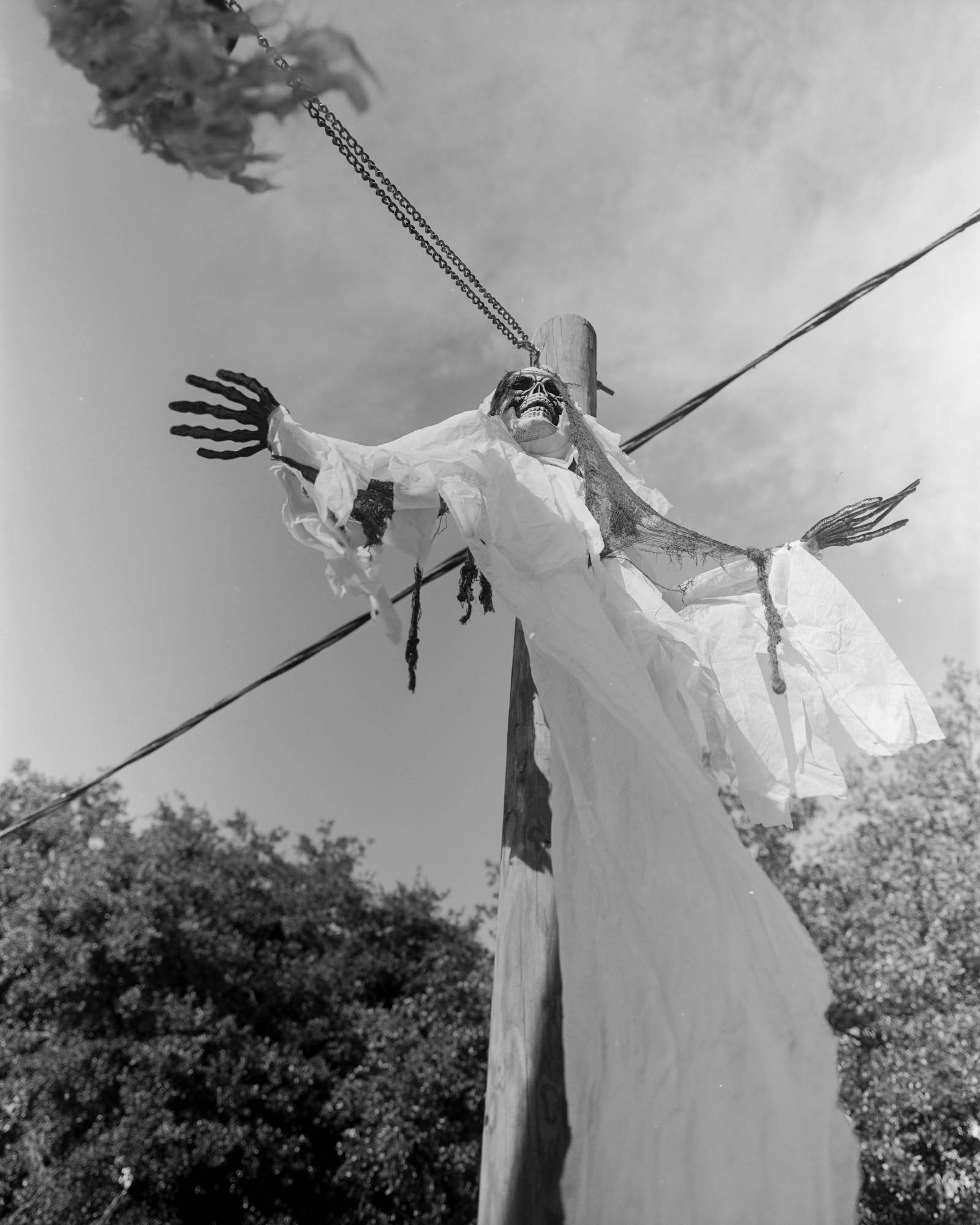
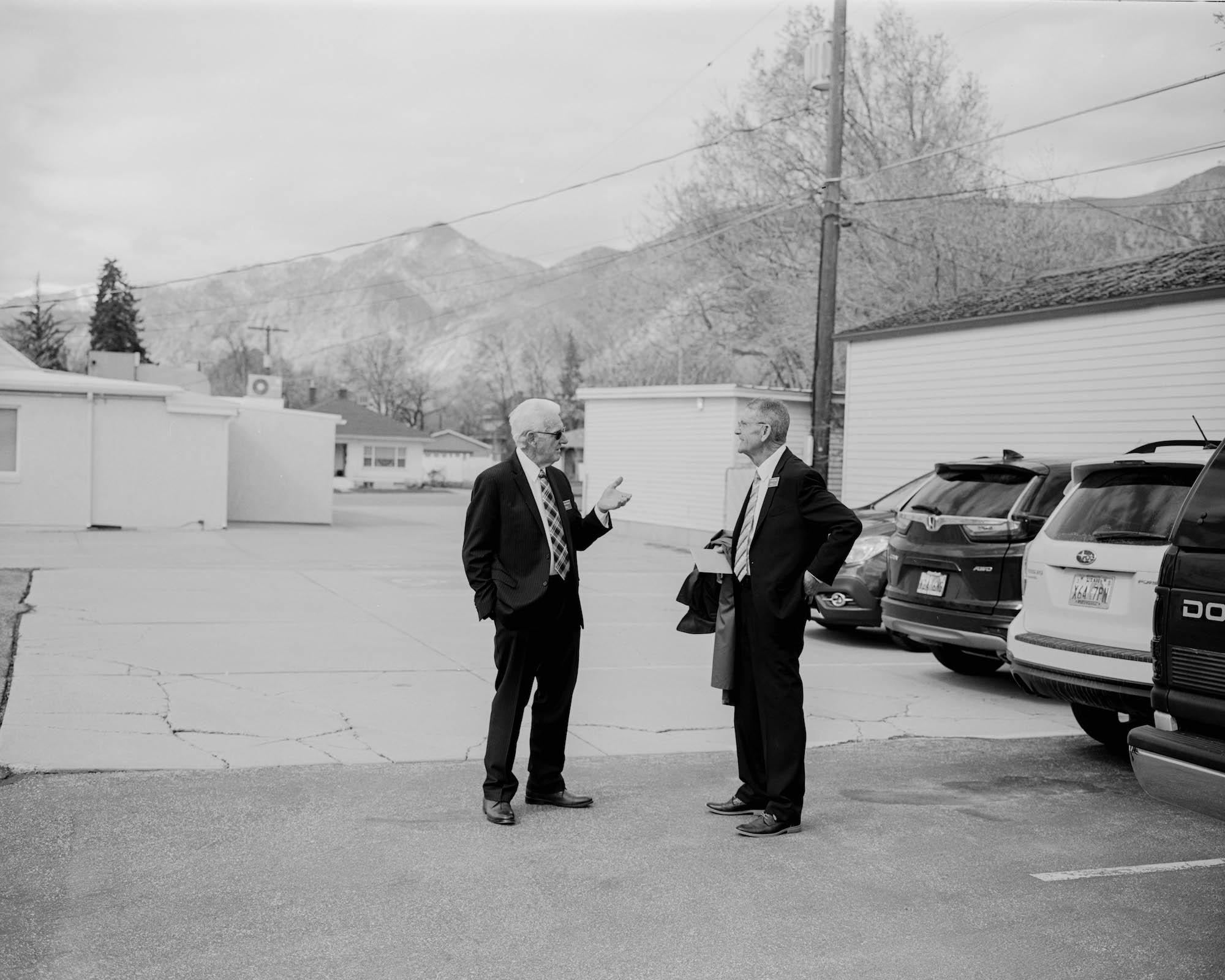
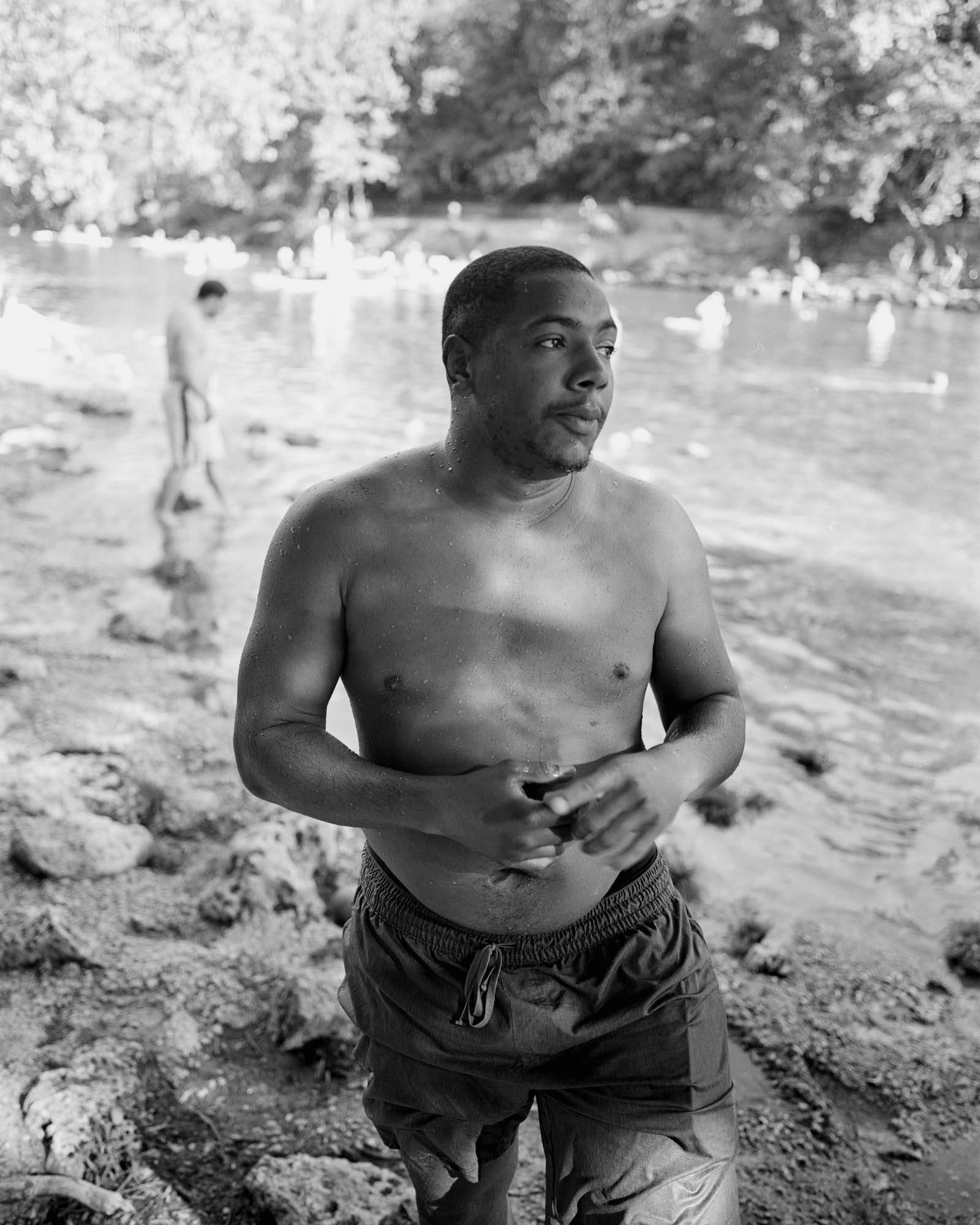
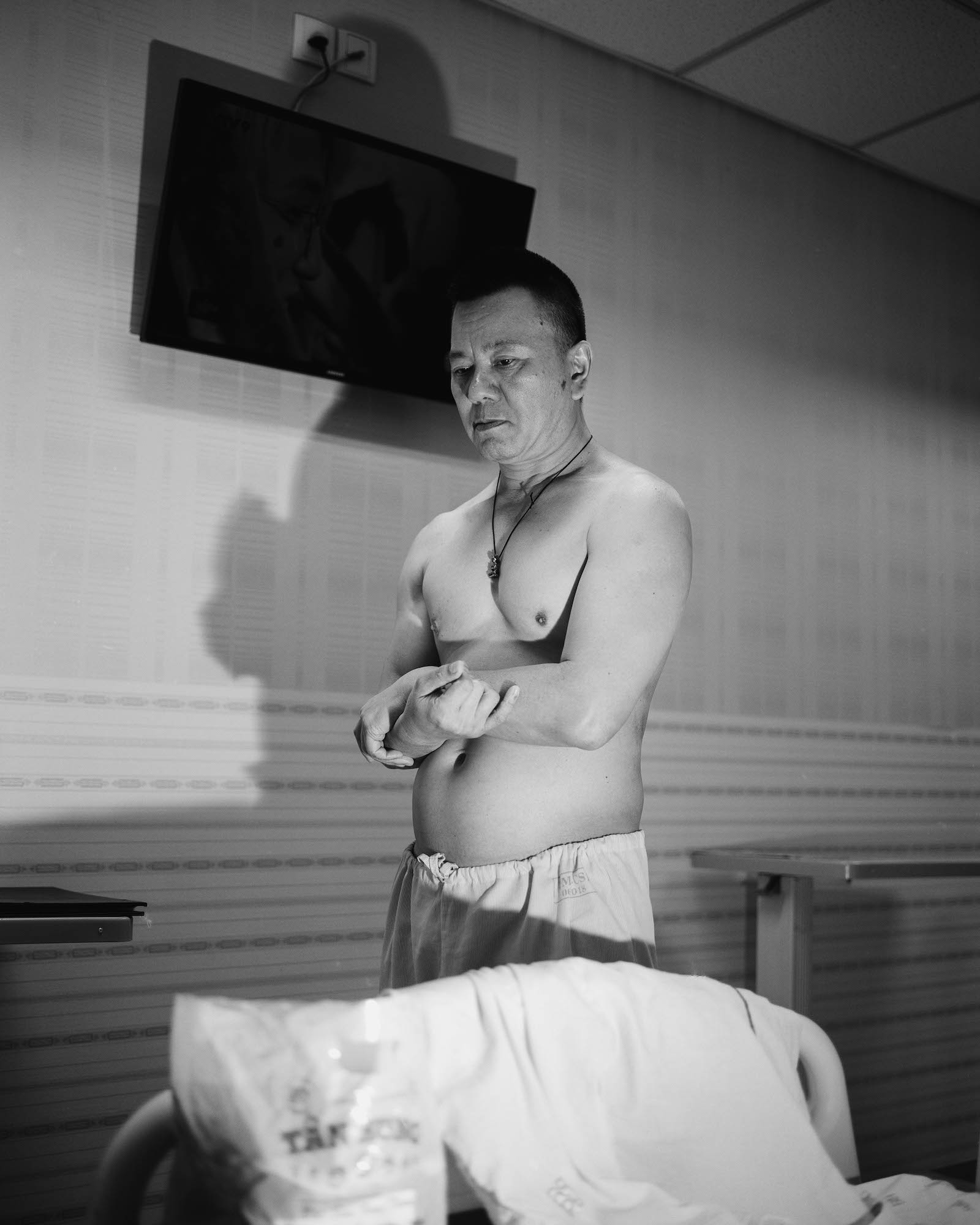
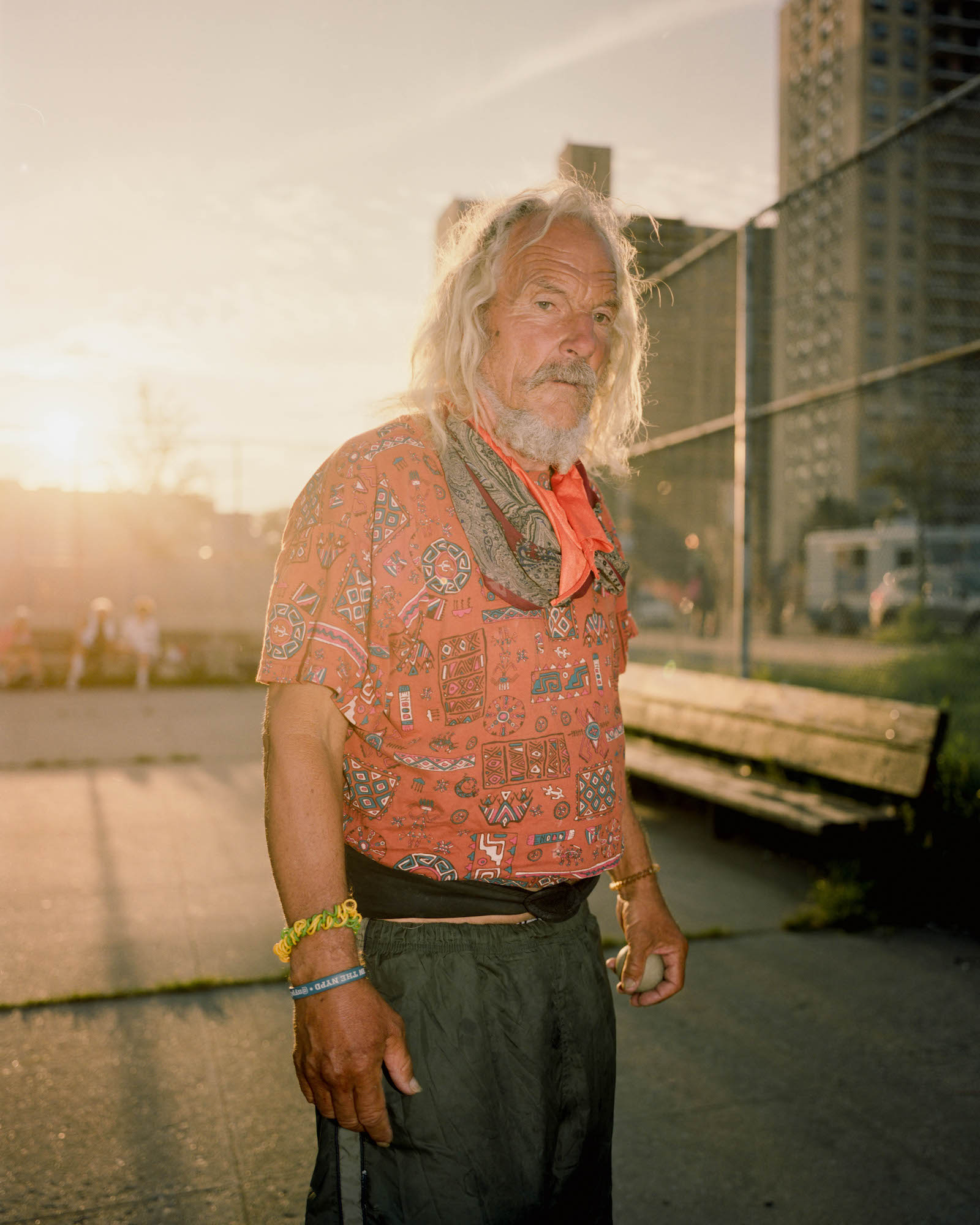

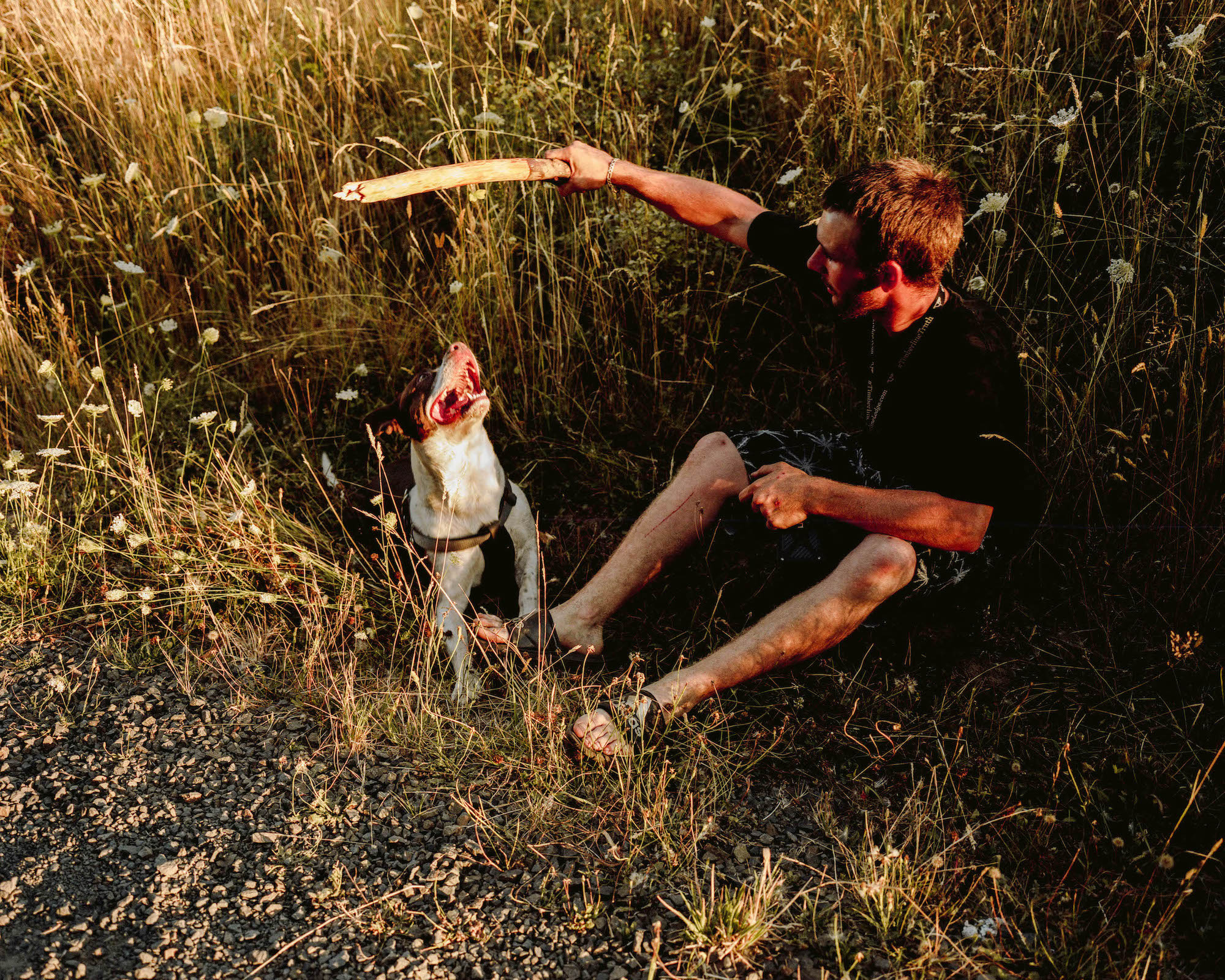

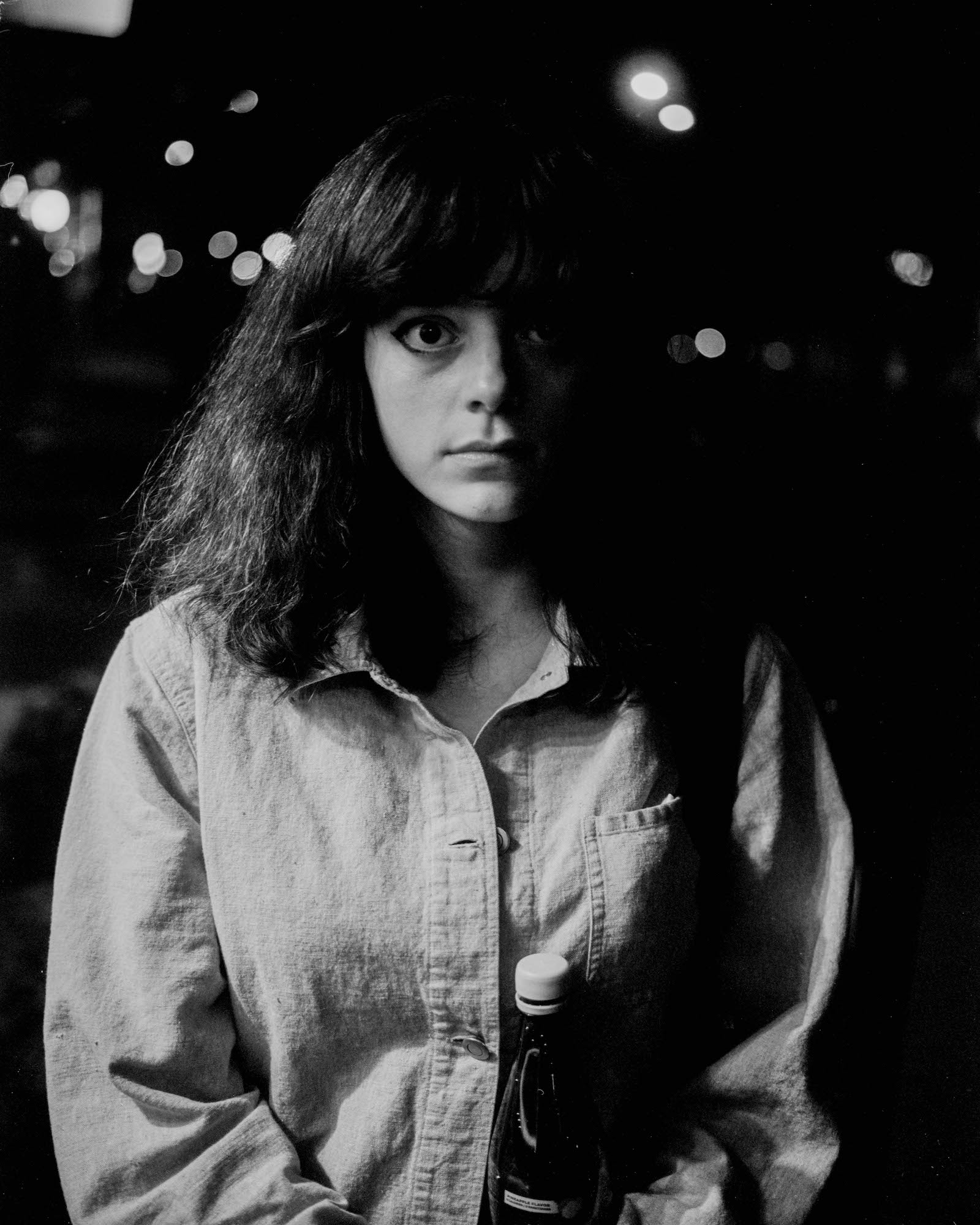


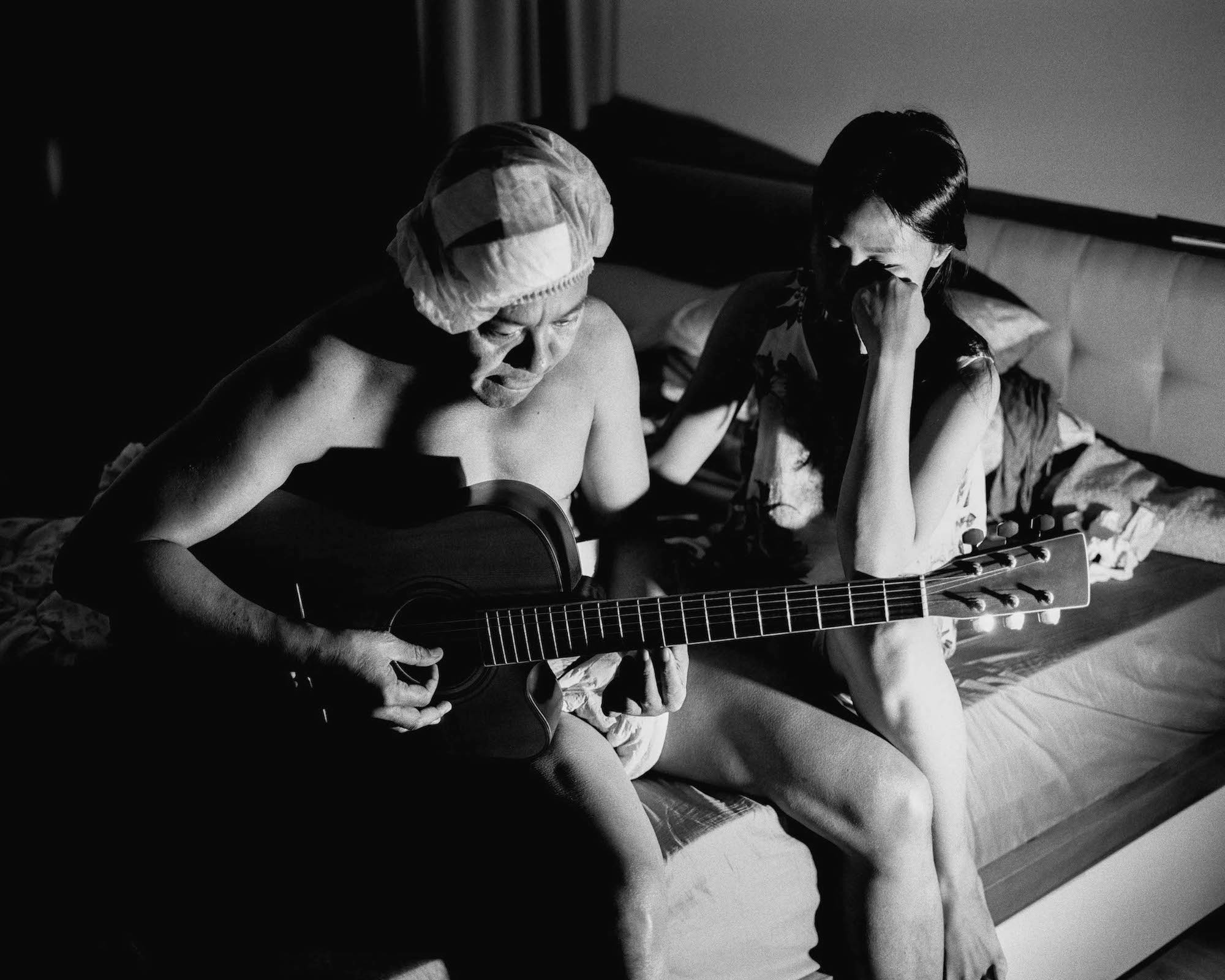


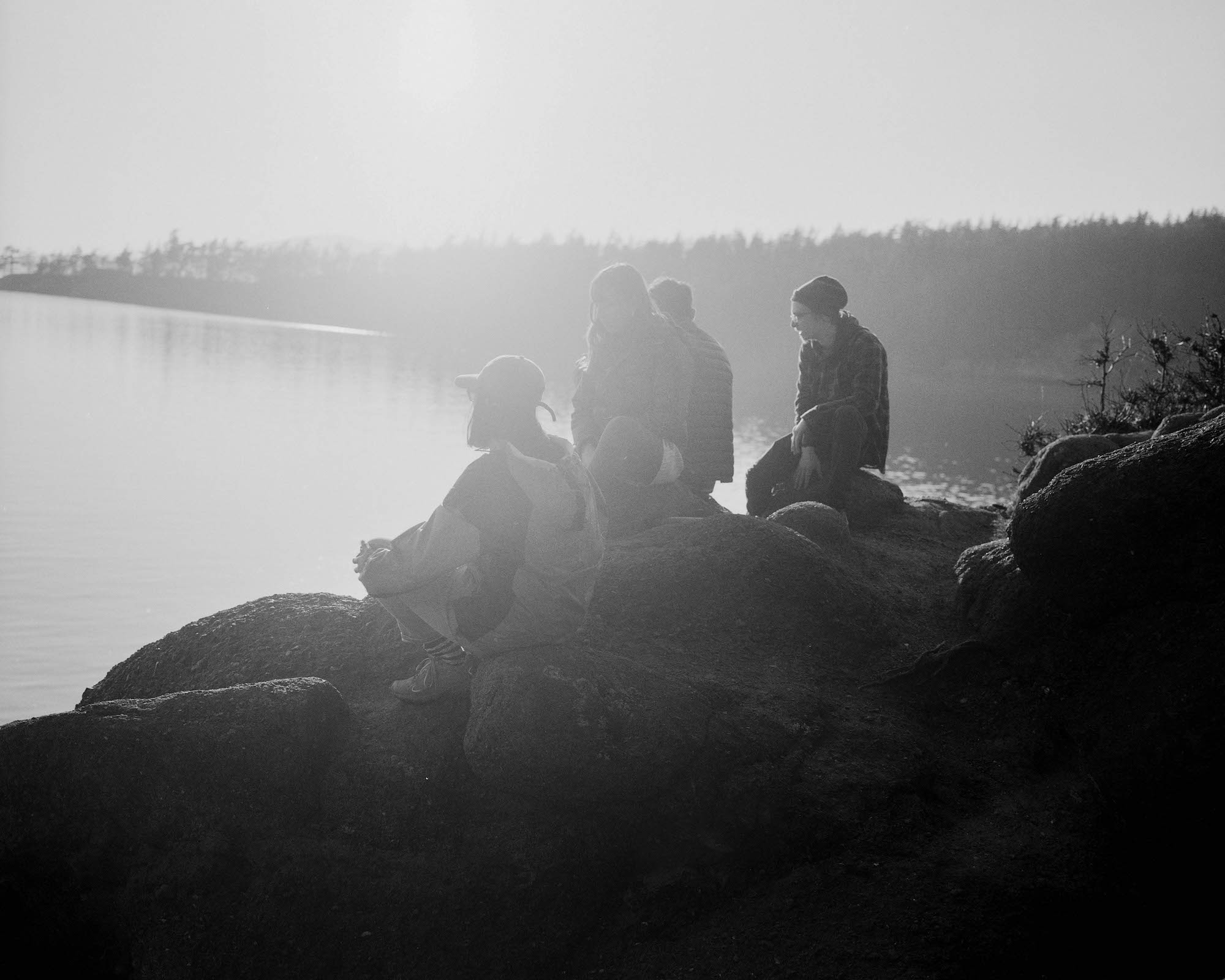


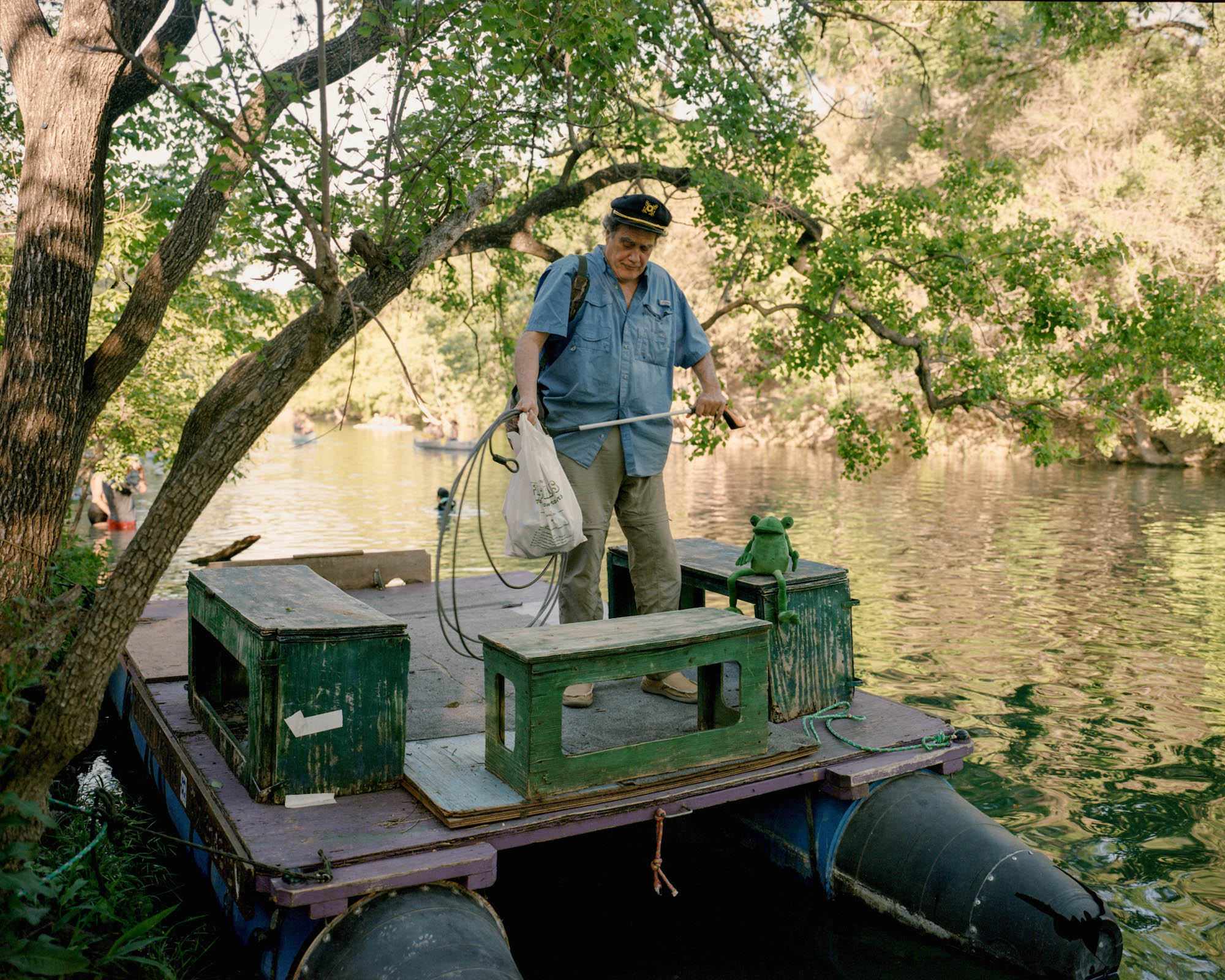
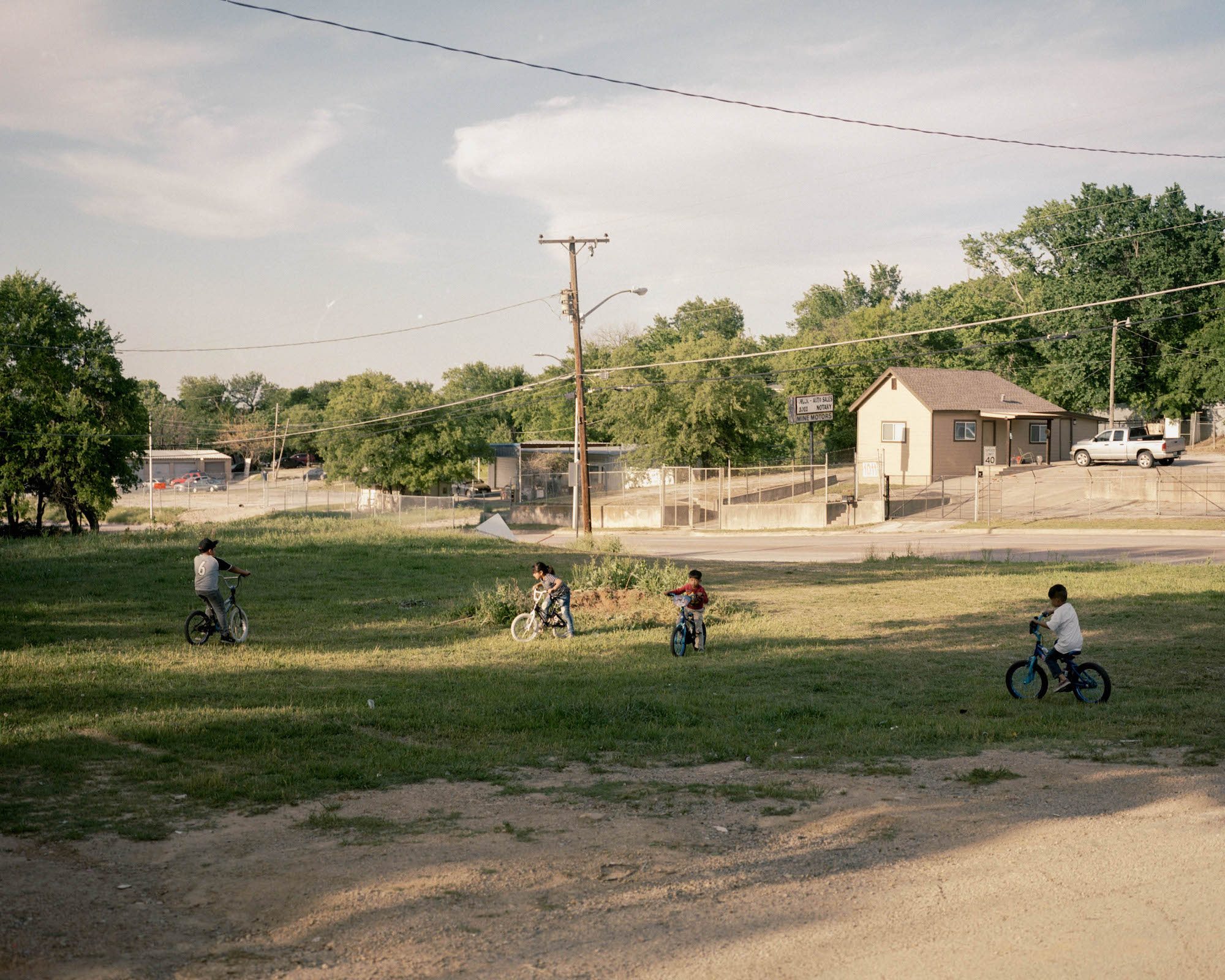
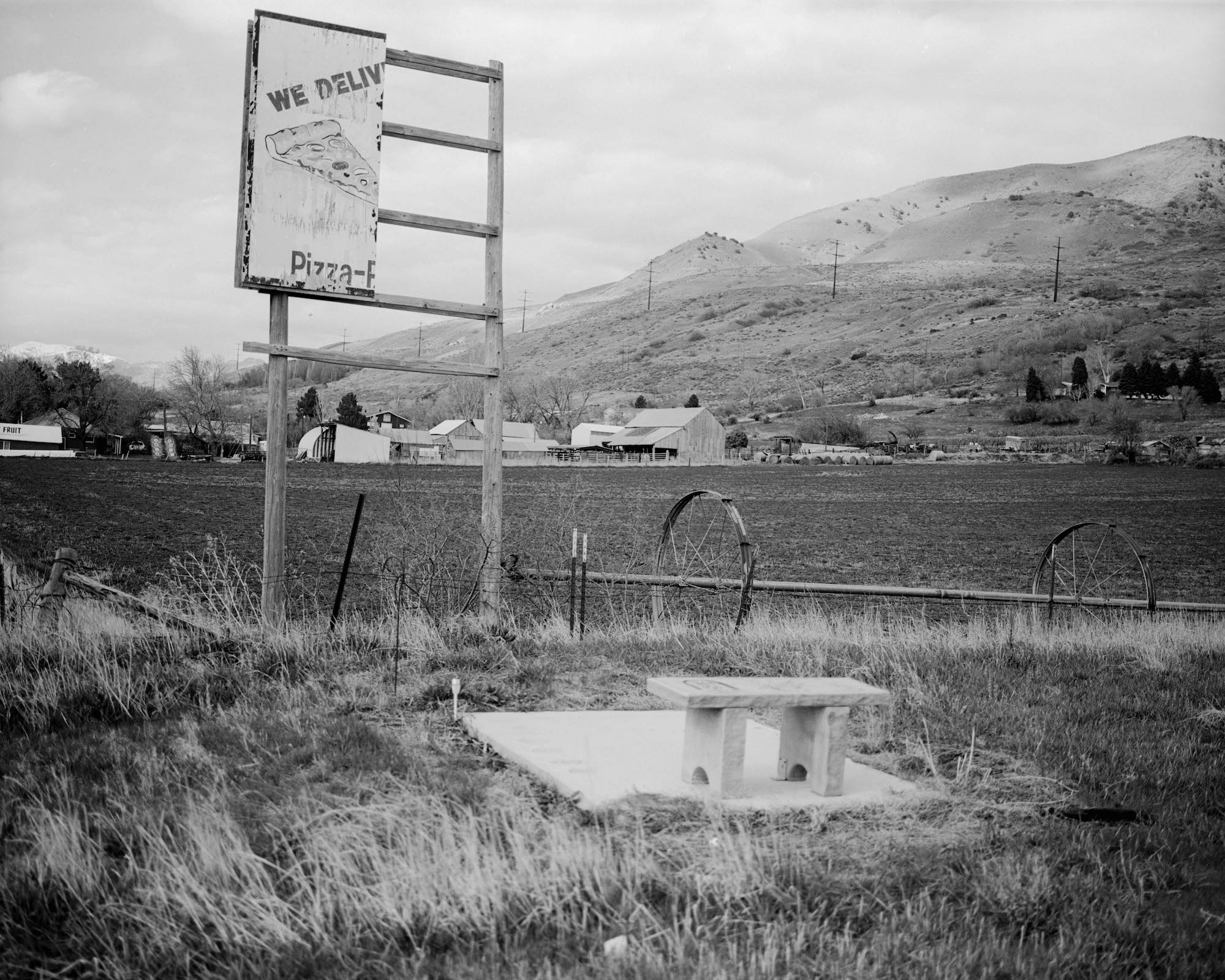
In Conversation with Adrian J. Song
Adrian Song: You've stated previously that you view your projects (‘We Shared the Same Color that Evening’, ‘We’re Just Here for the Bad Guys’ and ‘Juliet’s Postcard’) as being part of a trilogy. In your mind, what binds these projects together?
AS: It's really fascinating to hear how these projects feed into one another. I want to quickly touch on how this all started, because the work you've been focusing on seems to span quite a number of years.
AS: I’m sorry! When you said don’t Google it, now I feel I have to. But you shouldn’t be embarrassed by that series at all.
AS: I’ve heard a lot about the golden days of Flickr and Tumblr; in that there was a really strong sense of community among photographers. How do you feel about the online space today, as opposed to before when those platforms were so prominent?
AS: You also mention finally being able to see with a gaze that's your own, and I love that you recognize how it’s reflected in your work. I’m wondering whether doing the work itself was part of the process of resolving these issues, or was it more an exercise of self reflection and looking back through what you had documented?
AS: With ‘We Shared the Same Color that Evening’, you expressed a yearning to freeze time. There seems to be a lot of focus on intimate moments of connection across all three projects. But interspersed are also images signaling a sense of absence or transience. These elements work really well to emphasize the preciousness of everyday life. I'm wondering if this is something that's constantly on your mind?
AS: There is an image from ‘We’re Just Here for the Bad Guys’ which really draws my eye, which is the photograph of a man’s head being shaved.
AS: If I’m not mistaken, the title of that project is taken from the film, ‘The Dirties’. Can you tell us more about this link?
AS: You seem to have such a strong bond with cinema. Are there any other instances where you draw inspiration from film?
AS: You mention some great films that I wholeheartedly recommend to anyone reading. I'm now looking at a few of the photographs from ‘Juliet’s Postcard’, and the characters you’ve captured are all really intriguing. How did these portraits come about?
AS: I’d love to hear more about this road trip!
AS: Thank you so much for sharing Brian, It’s been fascinating. Please let us know what you’re up to now and what you have planned for the future.
︎
Brian Van Lau is a photographer previously based out of Seattle, WA, and currently living in Brooklyn, NY. His work is about finding fictitious evidence.
To see more work by Brian Van Lau, visit - Website / Instagram
︎
Brian Van Lau: If there’s one word, it's probably 'therapy' or 'bildungsroman'. In my mind each project describes a phase of my life, a central conflict or epiphany; even if not expressed outright.
‘We Shared’ describes the dissolve of an idealized family portrait. From the unveiling of internal trauma, divorce, and shame; to the longing desire to hold onto whatever idea I had of my family, friends, and crush at the time. ‘Bad Guys’ is about my relationship with one person, or idea of someone; bringing the relationship I had with my father to the forefront. It unveiled the degree in which his shame and my own internalized shame affected each other, as well as the relationships we had with our respective families and environments.
Where do I go after this? What’s already affected? ‘Juliet’s Postcard’ takes those questions and tries to answer them. Expressing this desire to see myself in the world through the reflection of other people. In essence becoming the final attempt of properly seeing and belonging in a land and gaze that’s my own. Instead of that of my mother’s, my lovers’, my family, or my father’s.
AS: It's really fascinating to hear how these projects feed into one another. I want to quickly touch on how this all started, because the work you've been focusing on seems to span quite a number of years.
BL: If we’re talking about the beginning of ‘We Shared’, the first image was made in the fall of 2017. More or less coinciding with the shift of seeing photography as an art form as opposed to the diaristic Flickr/Tumblr pictures I was making before.
I've been taking pictures since I was about 14. I started making work on Flickr, basically just emulating Lauren Withrow, Alex Currie and Olivia Bee. Eventually I made my first zine called ‘A New Hope’, please don't Google it (laughs). But around the summer of 2018 I began looking at Marisa Chafetz’ work, as well as Ian Kline’s ‘Blue Fifth: Pattern Migration of the Flightless Bird’. This served as the foundation for looking at photography as an art form outside of the aforementioned images, which came off as being closer to cinema emulation than it’s own medium. To boil it down, this is what got me interested in transitioning away from amateur filmmaking to amateur photography.
Then in late 2017 to early 2019, the process of making ‘We Shared’ shaped the way I think about photography now. More akin to an open narrative, or series of questions posed via half-documentary pictures. I think the reason I love photography is because of how confrontational it is with our interactions with the world. It being proof of those incidents, reflected back at you.
AS: I’m sorry! When you said don’t Google it, now I feel I have to. But you shouldn’t be embarrassed by that series at all.
BL: (Laughs) Don’t Google it for your own benefit.
AS: I’ve heard a lot about the golden days of Flickr and Tumblr; in that there was a really strong sense of community among photographers. How do you feel about the online space today, as opposed to before when those platforms were so prominent?
BL: Maybe this is in my own very narrow view of Instagram right now. In my opinion the sense of community is still there, but with the added benefit of perspective.
As much as I adored the early days of the aforementioned platforms, in retrospect they came off more as incubators for early online artists. I got the sense that everyone was really pushed into making work that fit a certain trend, but not necessarily work in their own voice or in response to anything current. On Tumblr in particular, with the ability to have longer form blog posts, I think it added to the extended conversation people could have on photography without having to leave the platform. The communities from those platforms were strong to a detriment, where the breadth of work is so constricted.
Instagram I feel has less of a solidarity to the trends, but it makes for better artists with less visibility. There’s still genre photography on Instagram obviously, but it’s not limited to just being 35mm, dreamy, teenage daze photos, or cinematic self portraits with crazy composite stitching on your 5D Mark III.
AS: You also mention finally being able to see with a gaze that's your own, and I love that you recognize how it’s reflected in your work. I’m wondering whether doing the work itself was part of the process of resolving these issues, or was it more an exercise of self reflection and looking back through what you had documented?
BL: I’d have to say both, intrinsically even. I think the act of photographing, or at least how we might think about it, is like a state of perpetual observation. But photographers are as much a part of their own process and rupturing of an incident or event as their subjects are, if not much more so. The pictures speak back and reveal what I think I’ve learned or interpreted. At the same time, they are also a documentation of my interaction with a place or person in itself. Each project in this trilogy approaches and answers questions which lead to the next one. With increasingly less of a plan, each project intuitively converses with the one prior.
AS: With ‘We Shared the Same Color that Evening’, you expressed a yearning to freeze time. There seems to be a lot of focus on intimate moments of connection across all three projects. But interspersed are also images signaling a sense of absence or transience. These elements work really well to emphasize the preciousness of everyday life. I'm wondering if this is something that's constantly on your mind?
BL: I think that with any piece of media, but especially a photograph, there is some degree of a desire to document. For me, in my own very saccharine way, is a desire to express preciousness via the photograph as evidence of it. If there's anything specific to what I want out of photography, or what I want my work to be about, it's dreams and evidence and the cross between the two. That process being an ascribing of value even if not directly tactile.
What I mean by this is the belief that similar to how dreams are composed of your experiences, thoughts and subconscious trying to contextualize themselves into a cohesive story; so too is waking life. What interests me is finding the evidence of those two sides colliding, or inferring one another. The world is composed of symbols and contextless evidence of a grand unknown, and the manner of which we piece these symbols together simultaneously reveals our subconscious, and becomes the method in which we ascribe meaning to the world.
I'm not so much interested in the literal documentation of the world, as I am attempting to hunt for the evidence, which neither truly exists nor is entirely metaphorical. This results in subjects that become a synecdoche for the larger whole, and by extension, an indicator for both the moment of it being made, as well as the mental state I had in the moment of making it. It’s hard for me to say if it’s necessarily preciousness that’s on my mind as the main idea, but I think it is a large component of it. Across these three projects however, I think you've made a great point in terms of highlighting preciousness.
AS: There is an image from ‘We’re Just Here for the Bad Guys’ which really draws my eye, which is the photograph of a man’s head being shaved.
BL: That picture is actually of my stepmother shaving my father's head. Two years ago, he was going through chemotherapy for brain cancer. He actually wanted me to make pictures of the whole process, initially thinking it was going to be an overcoming the odds type of story. But in my opinion, it very quickly became a way to bond in the limited time we had. He lived in Ho Chi Minh and I was still living with my mother in Seattle at the time. It was interesting for me to see him wanting to engage with my photo antics, and also taking it upon himself to want to have his head shaved that night, mostly so it was easier to track the healing of the stitches I assume.
AS: If I’m not mistaken, the title of that project is taken from the film, ‘The Dirties’. Can you tell us more about this link?
BL: Yes it is! In The Dirties, Matt (who is both the protagonist and writer/director of the film), makes several references to wanting to get rid of “The Dirties,” or the school bullies. The film is told from his perspective, as he slowly changes from an eccentric film nerd to more of a vengeful sociopath. That change becomes even more foreboding when in the beginning of the film they make a short tongue-in-cheek film where they accomplish this. To me, this mirrored the relationship I had with my father, both wanting to overcome this source of shame and antagonization. However, in the pursuit of overcoming, finding myself either aligning or becoming more like my father. There’s a written portion of the project that even details this arc; from being unable to see my father, as he slowly transforms into a phantom. To me becoming a phantom myself, unable to see my own reflection and accepting the omnipresent influence he has. Similar to how Matt’s film progressively paints himself as “A Dirty” as he spirals deeper and deeper.
AS: You seem to have such a strong bond with cinema. Are there any other instances where you draw inspiration from film?
BL: I would say that most, if not all of the projects I’ve worked on, have had inspiration from film. Maybe even more so than looking at photobooks or other projects. For ‘We Shared’ especially, the foundational ideas were lifted from ‘After Life’ by Hirokazu Kore-Eda, ‘Never Let Me Go’ by Mark Romanek, and far too many structural and conceptual ideas from ‘Zerkalo’ by Andrei Tarkovsky. All of which deal with some degree of nostalgia, foreboding death, and the manner of which people attempt to hold onto something. Be it time, or each other, or some sense of childhood purity.
In general, I’ve probably taken the most inspiration thematically and visually from Hideaki Anno (Love and Pop, Ritual), Richard Linklater (Slacker and Before Sunset), Hirokazu Kore-Eda (After Life and Nobody Knows), but very overtly from Matthew Johnson (The Dirties and Nirvana the Band the Show reboot). I feel these directors collectively deal with ideas of belonging, fantasy, preciousness, all through some vein of shifting the ownership of time. I think I’ve tried implementing that into most, if not all, of my projects so far.
AS: You mention some great films that I wholeheartedly recommend to anyone reading. I'm now looking at a few of the photographs from ‘Juliet’s Postcard’, and the characters you’ve captured are all really intriguing. How did these portraits come about?
BL: A lot of the portraits were made from being approached first by these people. For example, Patrick (the man holding the handball in Coney Island) had pulled me aside from the boardwalk and showed me the handball players and talked to me about his life in New York. About all of the photographers who wanted to photograph him and the handball society there. Funnily enough, his own recognition of how much of a character he is makes him so interesting to observe. I’d like to think it’s a combination of me searching out scenes that feel especially descriptive, and coming off non-judgemental to what people want to perform or say to me in these moments.
I think the purpose of this road trip is that this was a period of time where I allowed people to almost project themselves onto me, and the camera by extension. This of course is present in almost any portrait photograph, the manner of which the presence of the camera affects the performance of the subject. But there was something Matt Johnson, director of The Dirties, said in an interview with The Seventh Art, that changed my idea from photographing being a form of observation, and instead it being more to the effect of “directing from within the scene.” I think that was what sculpted those experiences from being detached, to wanting to be more encouraging and collaborative from past road trips. On one end, I think the people I photograph have either wanted to perform for the camera in some capacity already. But the slight change in attitude and personality from me in leaving myself open, makes them want to make an intriguing image because they’ve also become aware of what makes them interesting as subjects in their own eyes.
AS: I’d love to hear more about this road trip!
BL: I’ll try to keep this one shorter (laughs). Around February I decided I wanted to move to NYC. I had some friends out there but never met them until this trip. I was set up with a potential partner from said friend group, who I started talking to and more or less fell for between the time of deciding to move and the month long trip driving from Seattle to NYC. In my mind, the subtext of the trip for me, and by extension the images, are something of a reboot of my life, which felt like it had come to a really unsatisfying dead end, at least with my situation in Seattle.
When we did all end up meeting, everything basically fell through immediately, and once again had me reconsider the direction I wanted my life to go this summer. While I was not expecting things to end the way they did, I think the mere crossing of those paths, the 2 or 3 months of making plans and all of these fantastical, romantic projections of what we thought was going to happen; all of this energy, this leap of faith. It did end up propelling me on the right trajectory, just the total opposite of how I envisioned it.
I think in the fall out, I started looking at the postcard this girl gave me as evidence of this crossing, instead of a memento of a lost opportunity. I began thinking of it, and this whole process of the fall out, as a “star-crossed lovers” scenario. But upon looking at the images over the summer again, I think this mentality opened my understanding of how the other interactions I’ve had with people in the project resonated with this idea, especially in the context of a road trip documentary. It was an incredibly brief experience, albeit maybe magical, and one plagued by projection from either or both the looker and the one being looked at. These images became evidence of these fantasies and characters (who had a stage to reveal themselves), one that was equally as fleeting by the very nature of our paths, be they travellers or not.
AS: Thank you so much for sharing Brian, It’s been fascinating. Please let us know what you’re up to now and what you have planned for the future.
BL: Right now, I’m trying to complete a new edit of ‘Bad Guys’ to present for submissions, portfolio reviews, and hopefully a book in the near future. Otherwise, slowly trying to figure out what I want to do while I’m still living in NYC, living paycheck to paycheck with no health insurance. I also have a print sale going on right now!
︎
Brian Van Lau is a photographer previously based out of Seattle, WA, and currently living in Brooklyn, NY. His work is about finding fictitious evidence.
To see more work by Brian Van Lau, visit - Website / Instagram
︎